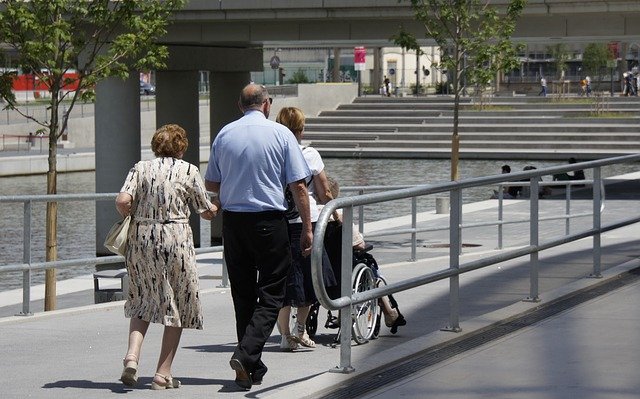
Regular physical activity has many beneficial effects. It can help avoid overweight and obesity, reduce the risk of cancer, type 2 diabetes, heart attack, and make people have lower blood pressure.
Recently, scientists find that physical activity can reduce risk of major mobility disability in older adults. The finding is published in JAMA.
More than 20 researchers from University of Florida, University of Maryland, Wake Forest University, University of South Carolina, National Heart, Lung and Blood Institute, Tufts University, Pennington Biomedical Research Center, Yale School of Medicine, Stanford University, Northwestern University, and University of Pittsburgh conducted the study.
In older adults, reduced mobility is common and it can increase the risk of death, disability, hospitalization, and morbidity.
In the study, researchers tested if a long-term physical activity program was more effective than a health education program in reducing the risk of disability.
They conducted a study that included more than 1,600 adults aged 70-89 years from urban, suburban, and rural areas in 8 places in the US. These participants had physical limitations, but they were able to walk 400 meters.
The study was called The Lifestyle Interventions and Independence for Elders. The enrollment was conducted between February, 2010 and December, 2011. On average each participant took part in the study for 2.6 years, and the follow-up ended in December 2013.
A total of 818 participants were in the moderate intensity physical activity program. This program was done in a center and at home, and it included aerobic, resistance and flexibility training activities.
A total of 817 participants were in the healthy education program. This program had several workshops on topics relevant to older adults and upper extremity stretching exercises.
Researchers examined how many participants lost the ability to walk 400 meters during the follow-up time period.
The result showed that the physical activity group had a disability ratio of 30%, whereas the health education group had a disability ratio of 35.5%.
Persistent mobility disability was experienced in 14.7% of people in the physical activity group, and in 19.8% of people in the health education group.
In addition, serious adverse events were reported by 49% of the physical activity and 45.7% of the health education participants.
Researchers suggest that a moderate intensity physical activity program can reduce major mobility disability over 2.6 years in older adults compared with a health education program. Nevertheless, safety during physical activity is also very important for older people.
Citation: Miller ME, et al. (2014). Effect of structured physical activity on prevention of major mobility disability in older adults: the LIFE Study randomized clinical trial. JAMA, 311: 2387-2396. doi:10.7326/M16-0529.
Figure legend: This Knowridge.com image is for illustrative purposes only.



